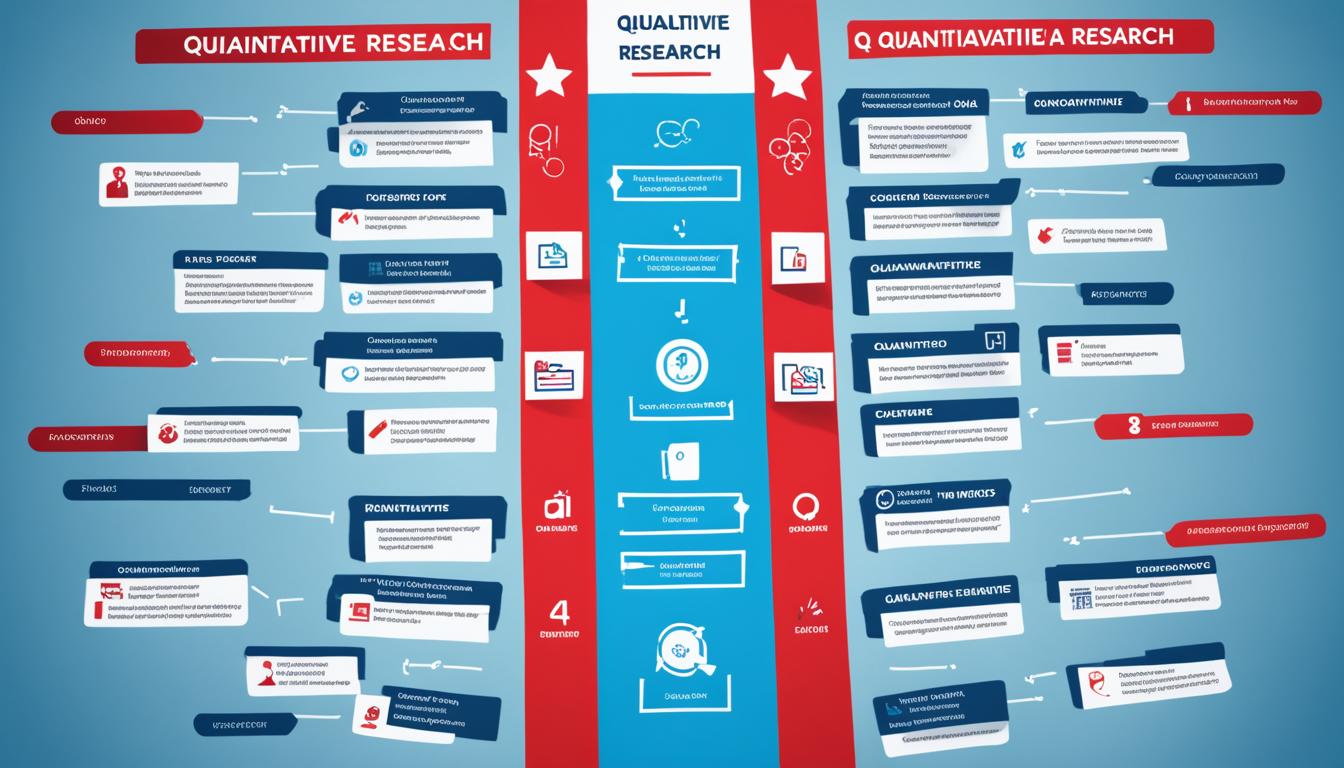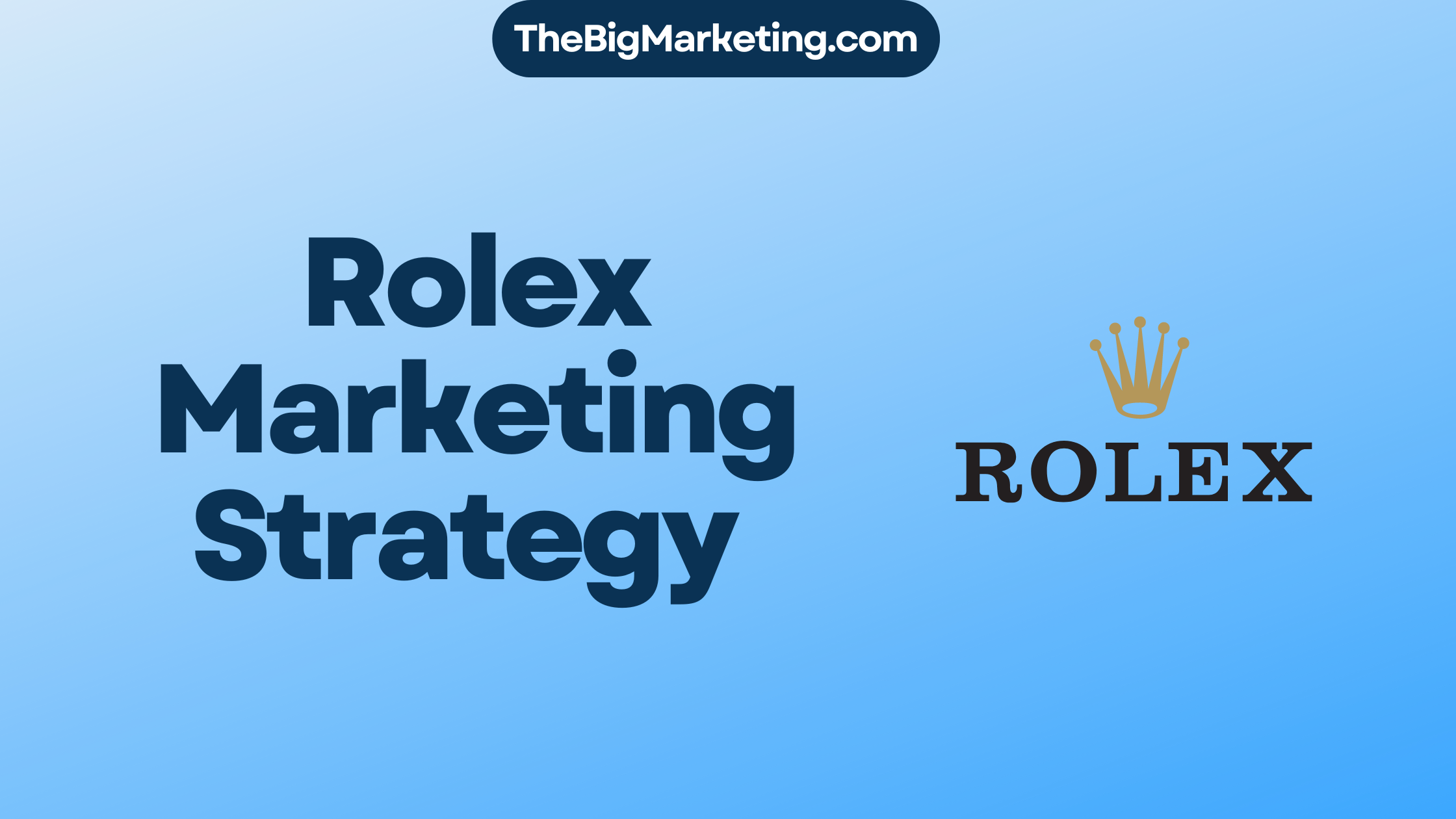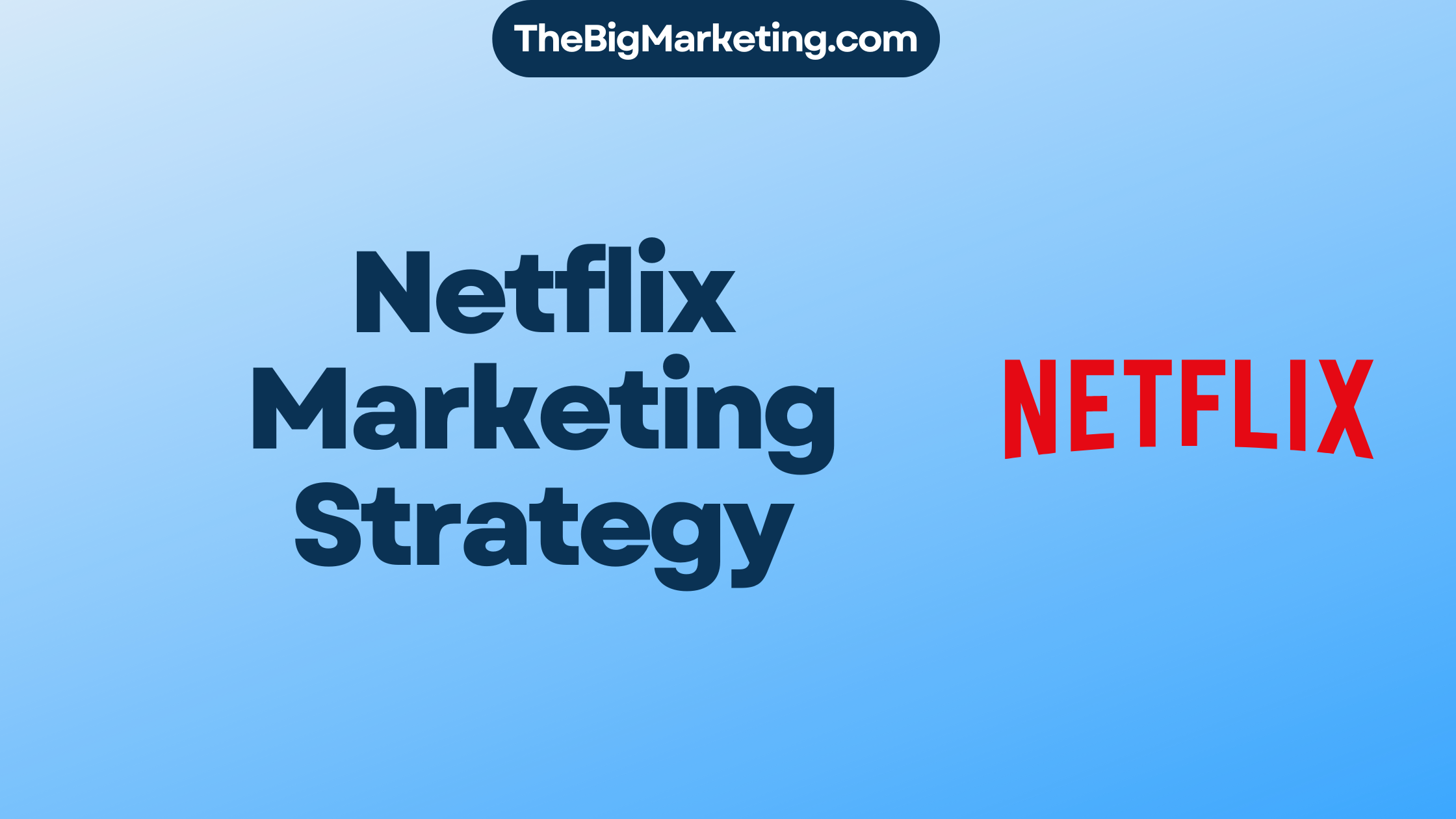In today’s digital world, we are hit with endless messages across screens daily. Brands must grasp and use selective attention to stand out. Selective attention means focusing on messages that match our wants, beliefs, and values. It is vital for making a brand known and shaping how consumers act.
By knowing how selective attention works, brands can create more engaging marketing. This helps them stand out in a busy market.
Key Takeaways:
- Selective attention is the consumer’s focus on messages that align with their needs, beliefs, interests, and values.
- Understanding and utilizing selective attention can enhance brand engagement and consumer behavior.
- Targeted marketing approaches and brand awareness strategies are essential in capturing selective attention.
- Consumer attention span, cognitive processing, and marketing perception techniques are factors that influence selective attention.
- By incorporating selective attention in marketing communications, brands can drive engagement and connect with their target audience.
What is Selective Attention?
Selective attention lets us react to certain things when many are happening at once. It helps us focus on what matters most, ignoring what doesn’t. We pick up on things that match our goals, interests, and values.
Picture yourself reading in a loud coffee shop. Despite the noise around, you can still focus on your book. Your selective attention helps you dive into the story and forget the distractions.
Selective attention isn’t just for daily life; it matters in marketing too. With so many ads around us, we only notice those that speak to our needs and what we care about.
Marketers need to understand selective attention to reach their audience effectively. Messages that feel personal and relevant are more likely to grab attention. This way, marketers can better influence what people decide to do or buy.
Focus on Important Information
Selective attention helps us notice what’s essential amid many things. In marketing, this means knowing what your audience likes and needs. Messages made for them are more likely to be seen and remembered.
The Capacity to React to Certain Stimuli
We all have the ability to pay attention to what’s truly important to us. For marketers, understanding what motivates or concerns their audience is key. Knowing this helps create messages that inspire, attract, and drive action.
The Role of Human Psychology
Understanding human psychology enhances selective attention strategies. Marketers can use psychology to design more compelling campaigns. By using concepts like novelty, relevance, and personalization, it’s easier to keep an audience’s attention.
Reading in a Noisy Environment
Being able to read when it’s noisy is a great example of selective attention. It shows how we can ignore unwanted noise and focus on reading. This skill shows our brain’s remarkable ability to prioritize and filter information.
In summary, selective attention is vital in psychology and marketing. Knowing how to grab and keep people’s attention—despite the noise—is key for marketers. They must understand human reactions, focus on what matters, and use psychology to engage their target audience.
Selective Distortion in Marketing
Selective distortion is when people see info in ways that match their own beliefs. It’s very important in marketing. It shapes how people understand and react to what brands tell them.
When people get brand messages, their opinions and biases affect how they see the info. This happens because they naturally filter info through their own experiences.
To use selective distortion well, brands need to really focus on their customers. They should make messages that matter and connect by really understanding how people see their brand communications.
This means creating messages that fit with what people already believe. By knowing and addressing consumer biases, brands can make messages that the audience will likely view in a good light.
Customer Interpretation of Brand Messaging
How consumers see brand messaging is greatly influenced by selective distortion. Their beliefs, experiences, and values all play a part in how they understand marketing messages. For example, those with good past experiences with a brand will generally see the brand’s ads more positively.
Marketers need to use this trend to benefit their brand. By focusing on what consumers care about and their biases, brands can make messages that stand out and make positive impressions.
Using stories and emotional appeals is one strategy. Stories can deeply engage people and make them remember the brand. With stories that reflect consumers’ values, brands can influence how people understand their message and strengthen their connection with the audience.
Additionally, brands should use visuals and sounds to improve how their message is received. These elements grab attention and cause emotions that fit with what the brand wants to be perceived as. For example, bright colors, striking images, and catchy tunes can make a brand’s message more powerful and unforgettable.
In the end, knowing about selective distortion and how it shapes the way consumers see brand messages is crucial. By focusing on the consumer and making messages that speak to their values and beliefs, brands can better connect with their audience and get a more positive response.
| Benefits of Selective Distortion in Marketing | Challenges of Selective Distortion in Marketing |
|---|---|
|
|
Selective Retention in Marketing
Selective retention is key in understanding what consumers remember. It shows how consumers remember info that matches their needs and beliefs. This concept is very important for marketers. It influences how people remember and react to brand messages.
Research indicates people remember brands that meet their values. When a brand message fits with what the customer already believes, it’s more likely to be remembered. This tells us it’s critical to create messages that not only get attention but also share values with the audience.
Marketers can use this understanding to improve how well people recall their brand. They should make messages that align with customer values and needs. If people think a brand gets them, they’re more likely to remember and connect with it.
Feeling connected to a brand’s values makes a big difference in selective retention. If someone strongly connects with a brand’s values, they’ll likely remember it better. This shows how vital it is to communicate the brand’s mission clearly. Good brand messages that share values with the audience help make sure the message sticks.
Using strategies for selective retention helps brands be more memorable. By knowing what their customers care about and making messages that reflect those values, marketers can really stand out. Selective retention helps create unforgettable brand experiences. It builds strong relationships that encourage loyalty and long-term success.
Key Takeaways:
- Selective retention means consumers remember info that fits their interests and values.
- Brands that match their audience’s values are more memorable.
- Feeling connected to a brand’s values is key for retention.
- Clear communication of brand values helps improve memory of the brand.
- Selective retention strategies lead to stronger connections and loyalty.
| Benefits of Selective Retention in Marketing | Considerations for Selective Retention |
|---|---|
| – Enhanced brand recall | – Understanding consumer needs |
| – Increased brand engagement | – Crafting messaging that aligns with values |
| – Building customer loyalty | – Effective communication of brand values |
| – Establishing a memorable brand experience | – Consistency in brand messaging |
By using selective retention strategies, brands can deeply impact their marketing. Understanding and meeting customer needs makes a big difference. Crafting messages that reflect shared values and clearly communicating these values boosts brand recall. This helps build a loyal customer base.
Second-Screen Advertising and Selective Attention
Second-screen advertising offers a fresh way to market. It connects with users across different devices. Brands can now reach their audience on various screens at the same time.
Imagine people using their phones while watching TV. Brands can catch their attention on both screens. This is a great chance to engage users who juggle multiple devices.
One smart move is targeting viewers during live streams of sports or hit shows. Placing ads during these moments with a clear call to action can grab consumer’s focus. This can significantly increase a brand’s visibility.
Showing ads on multiple screens can boost user engagement. It connects brands with audiences where they already like to spend their time. Through relevant content, brands can form real connections.
By using second-screen strategies, brands unlock new ways to reach people. This fits perfectly with how we consume media today. It’s a method that helps brands stand out and encourages users to take action.
| Benefits of Second-Screen Advertising | Examples |
|---|---|
| Reaching audiences on multiple devices simultaneously | Streaming services like Hulu and Netflix |
| Engaging consumers where they are already spending their time | Brands advertising during live sports events |
| Using targeted call to action to drive desired actions | Interactive ads with clickable links |
The Attention Economy
The attention economy is all about who wins in capturing consumer attention in a world filled with media. Consumers see many messages and stimuli every day. This makes attention spans short. Marketers work hard to make their brands noticeable. Knowing how the attention economy works and using smart marketing can help brands keep consumer focus in a busy and distracting marketplace.
With digital media everywhere and so many ads, consumers pick and choose what they pay attention to. The fight for attention is tough. Brands aim to win over their target audience. In this economy, getting and keeping consumer attention is key.
The Competition for Consumer Attention
In this economy, brands are in a tough battle for consumer attention. There’s so much media that consumers get messages from social media, TV, online ads, emails, and more. This overload makes attention spans short. So, brands must be creative to be noticed among all others.
Getting consumer focus is about more than just eye-catching images or clever phrases. It’s about really understanding what the audience cares about. When a brand’s message matches what is important to consumers, it can grab their attention and create a lasting connection.
Strategies to Attract Consumer Focus
To do well in the attention economy, marketers need smart strategies to get and keep consumer focus. Here are some tips:
- Customer-centric approach: Make understanding and meeting the needs of your target audience a top priority.
- Engaging storytelling: Use stories and emotions to grab consumer attention.
- Multi-channel marketing: Be where your consumers are, on different platforms to increase your visibility.
- Relevant and personalized messaging: Make your brand messages speak directly to the interests and values of your audience.
- Interactive experiences: Get consumers involved with content like quizzes, polls, or augmented reality.
By using these strategies, brands can make a real impact on their target audience in the attention economy. But remember, it’s crucial to keep changing and improving your strategies to stay in tune with consumer wants and needs.
Strategies to Overcome Selective Attention
Marketers have several tactics to catch their audience’s attention. First, knowing what consumers want and like is key. By understanding their hopes and struggles, brands can create content that really speaks to them. This way, they grab and keep their attention.
Using stories is a great way to get noticed. Brands can craft tales that touch the heart and feel relatable. This isn’t just about selling something. It’s about creating a bond with people that goes deeper than products.
Branded entertainment is also smart. By blending products into movies, TV, or online videos, brands can entertain without a hard sell. This lets them connect in a fun, easygoing way.
Repeating ads is effective too. Showing brand messages on TV, radio, online, and social media makes them more memorable. Repetition builds familiarity and makes people remember the brand better.
It’s important to vary messages, channels, and ad styles. One approach won’t capture everyone’s attention. Brands should adapt their strategies to meet different needs. This way, they can better attract and engage their diverse audiences.
In conclusion, beating selective attention takes careful planning and a diverse approach. Marketers must know their audience, use engaging stories, try branded entertainment, repeat their ads, and diversify their strategies. By doing these, they can leave a lasting impression on consumers.
The Impact of Selective Attention on Brand Positioning
Selective attention is key in brand positioning. In today’s market, it’s vital to catch and keep consumer attention. If brands don’t grab their audience’s focus, their messages might be missed.
Brands need to meet or exceed customer expectations to hold attention. By offering top-notch products and services, they can attract their audience. This helps build trust and credibility, crucial for keeping attention.
Offering big discounts and promotions can also break through attention barriers. These deals draw consumer interest, making a brand stand out. Attractive offers encourage customers to focus on a brand, boosting sales chances.
In short, selective attention is crucial for a brand’s market position. Gaining attention through excellence, commitment, and great deals enhances a brand’s visibility and success.
Incorporating Selective Attention in Marketing Communications
To catch your audience’s attention, first understand their needs. This allows marketers to craft messages that truly speak to them. By going above and beyond in service, businesses can stand out and grab the spotlight.
Adding visuals and sounds that fit your brand can make a big impact. Eye-catching graphics and catchy tunes create a lasting impression. Telling stories that touch people’s hearts can also magnify your message.
When messages meet customer needs and service exceeds expectations, a connection is made. Using visually attractive and emotionally charged content can deepen this bond. Stories that engage and inspire help in forging lasting loyalty and driving business success.
Key Strategies for Incorporating Selective Attention:
- Understand and address customer needs.
- Deliver exceptional service and exceed customer expectations.
- Utilize visual and auditory elements that align with the brand image.
- Employ effective storytelling techniques.
| Benefits of Incorporating Selective Attention in Marketing Communications | Examples |
|---|---|
| Enhanced engagement and brand recall | Creating visually appealing advertisements that resonate with the target audience |
| Increased brand loyalty and customer retention | Telling compelling stories that evoke emotions and connect with customers |
| Effective communication of brand values and messaging | Utilizing auditory elements, such as catchy jingles or memorable sound effects, that reinforce brand identity |
The Role of Selective Attention in Consumer Decision Making
Selective attention is key in making choices as a consumer. In a world full of information, we naturally focus on what matters to us. This helps us pick out the most important details to make good decisions.
Relevance, novelty, and personalization affect how we pay attention. Relevance means how well information fits our needs. Novelty grabs our attention with new and interesting things. Personalization makes information fit our own preferences better.
Marketers use these aspects to make their campaigns work better. They know how selective attention works and use it to draw consumers in. They do this by making messages that meet consumer needs, using eye-catching visuals and sounds, and sharing stories that touch our emotions.
Factors Influencing Attention Span
Different things impact our ability to focus, which then affects how selectively we pay attention. Marketers need to understand these factors to better reach their audience.
- Environmental stimuli: Where we are can either help or hurt our focus. For instance, loud noises and busy visuals make concentrating hard.
- Task demands: How complex and important a task is can change how much attention we give it. More important tasks get more of our mental energy.
- Emotional state: How we feel can change our focus. Feeling excited or interested can make us pay more attention. Feeling stressed or anxious does the opposite.
- Prior knowledge and experience: Knowing a lot about a topic can help us focus on it more. It’s easier to spot what’s important and ignore what’s not.
Marketers plan their strategies using these insights to catch and keep our attention better.
| Factors | Influence |
|---|---|
| Environmental stimuli | Can either enhance or detract from attention span based on noise levels, visual distractions, etc. |
| Task demands | Complex and high-stakes tasks may require more cognitive resources and attention. |
| Emotional state | Positive emotions can enhance attention, while negative emotions can impair it. |
| Prior knowledge and experience | Familiarity with a subject allows for quicker identification of relevant information. |
Conclusion
In conclusion, selective attention is key in marketing. It greatly affects how customers engage with brands. Brands can better reach their audience by using selective attention strategies.
Focusing on what customers need is crucial. Brands must also offer top-notch service and tell stories well. Adapting to changes in the attention economy is important too. These steps can make a brand truly stand out.
To wrap up, selective attention shapes how consumers see things. It helps brands connect with people by meeting their needs and values. Through selective attention, brands can guide consumers to make good choices. This strengthens brand loyalty and drives success.








